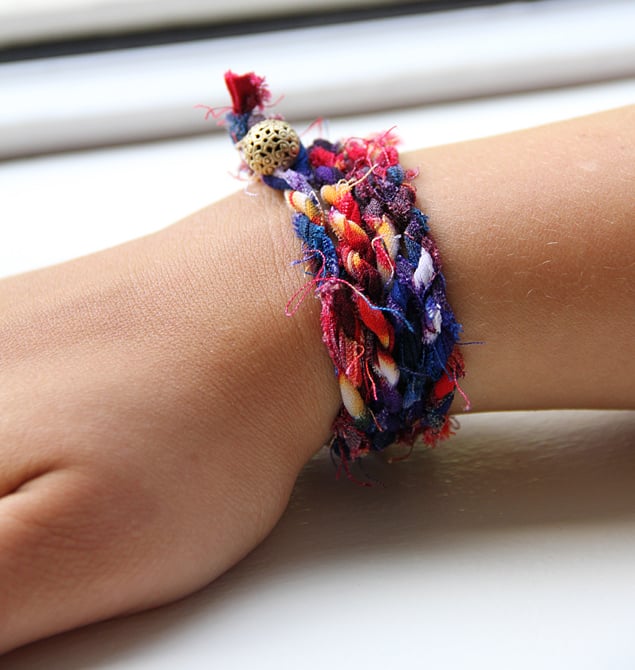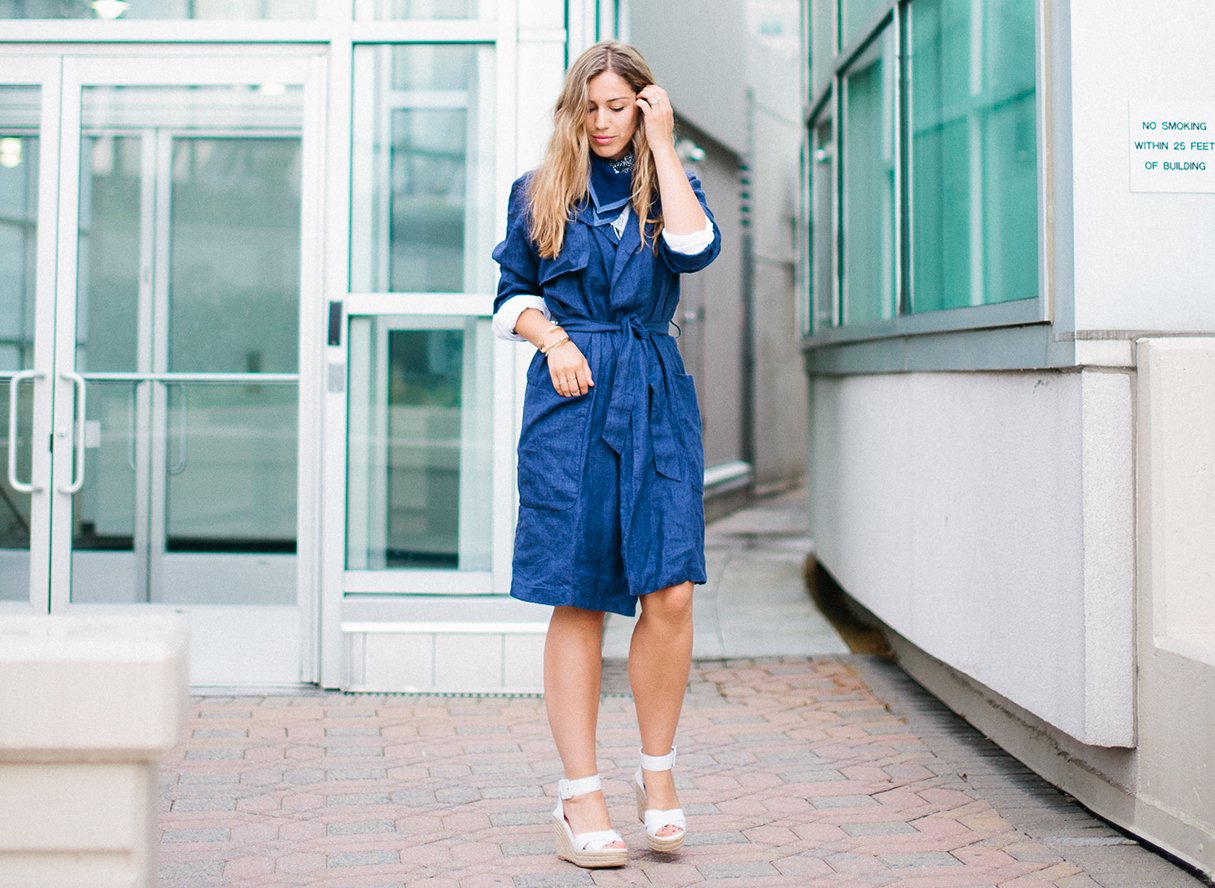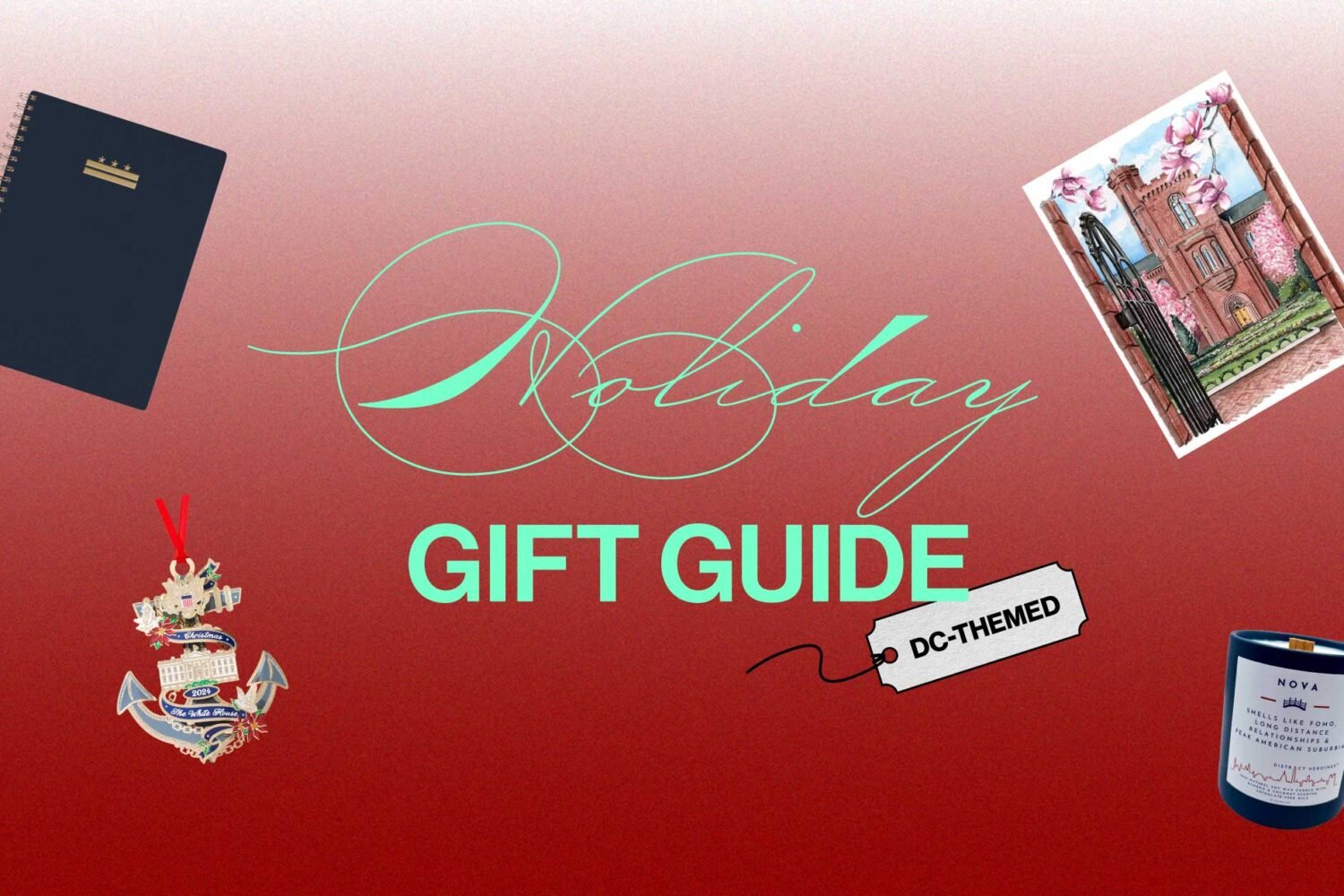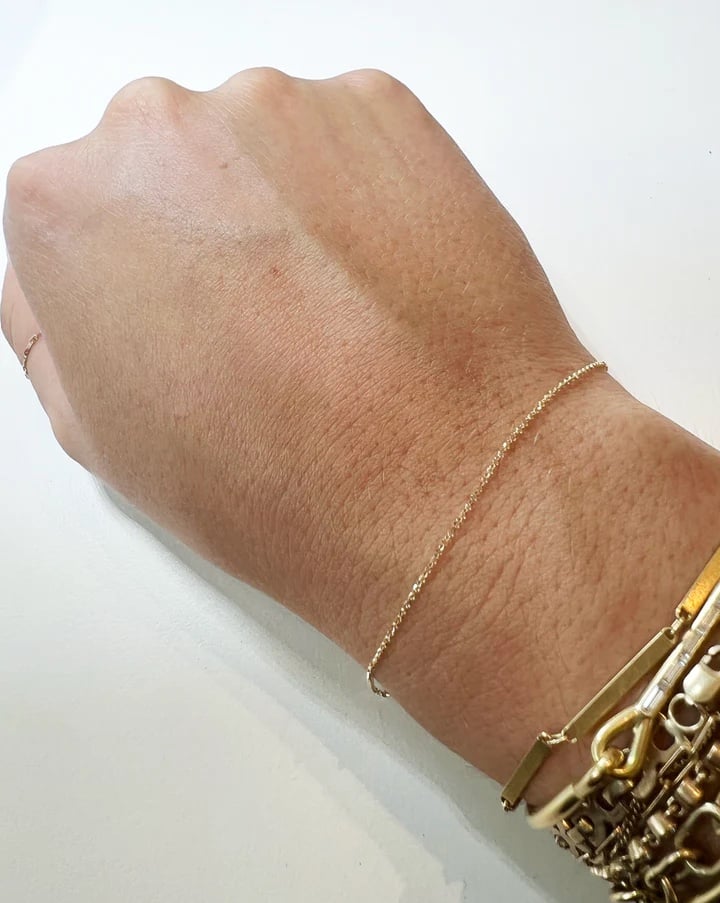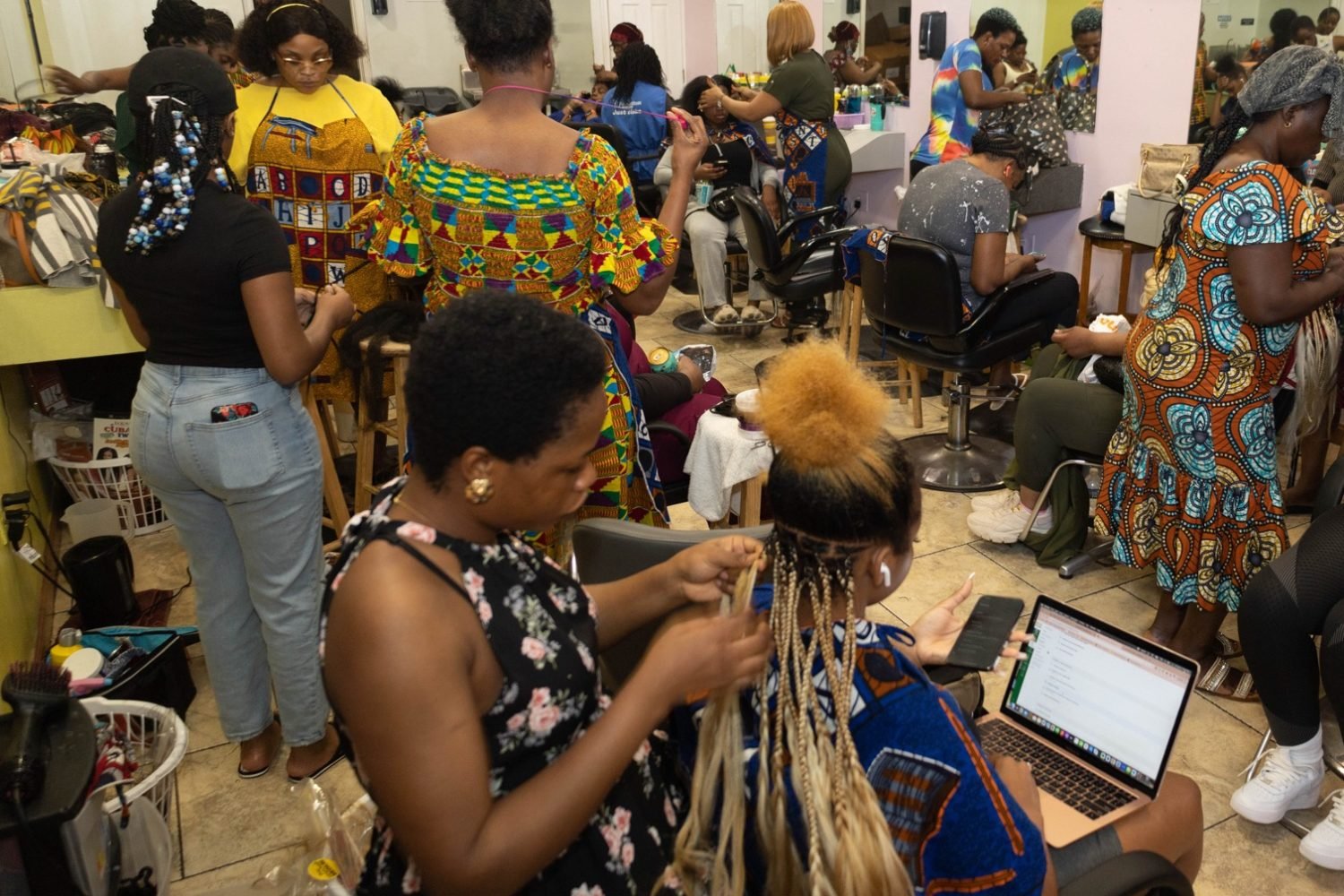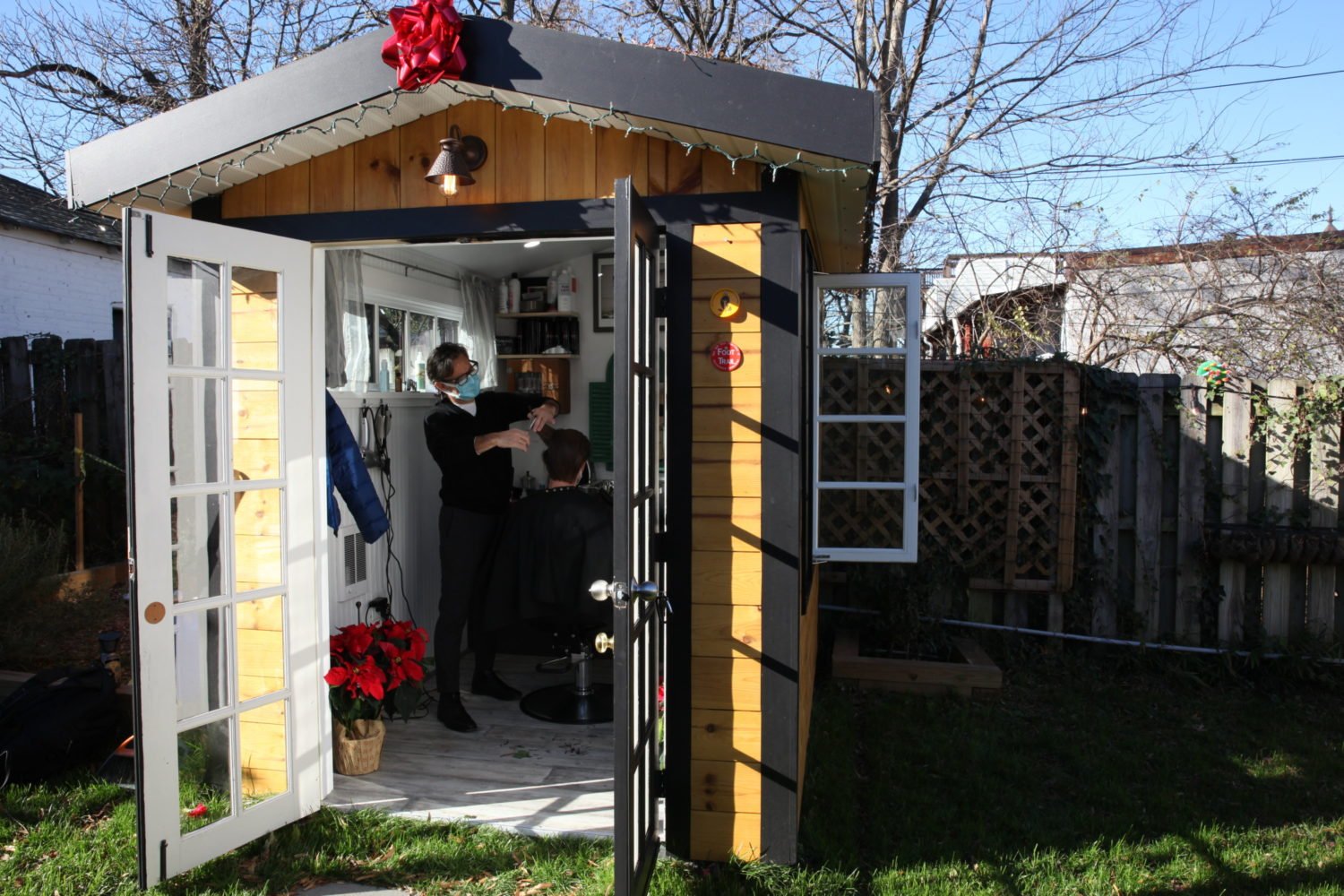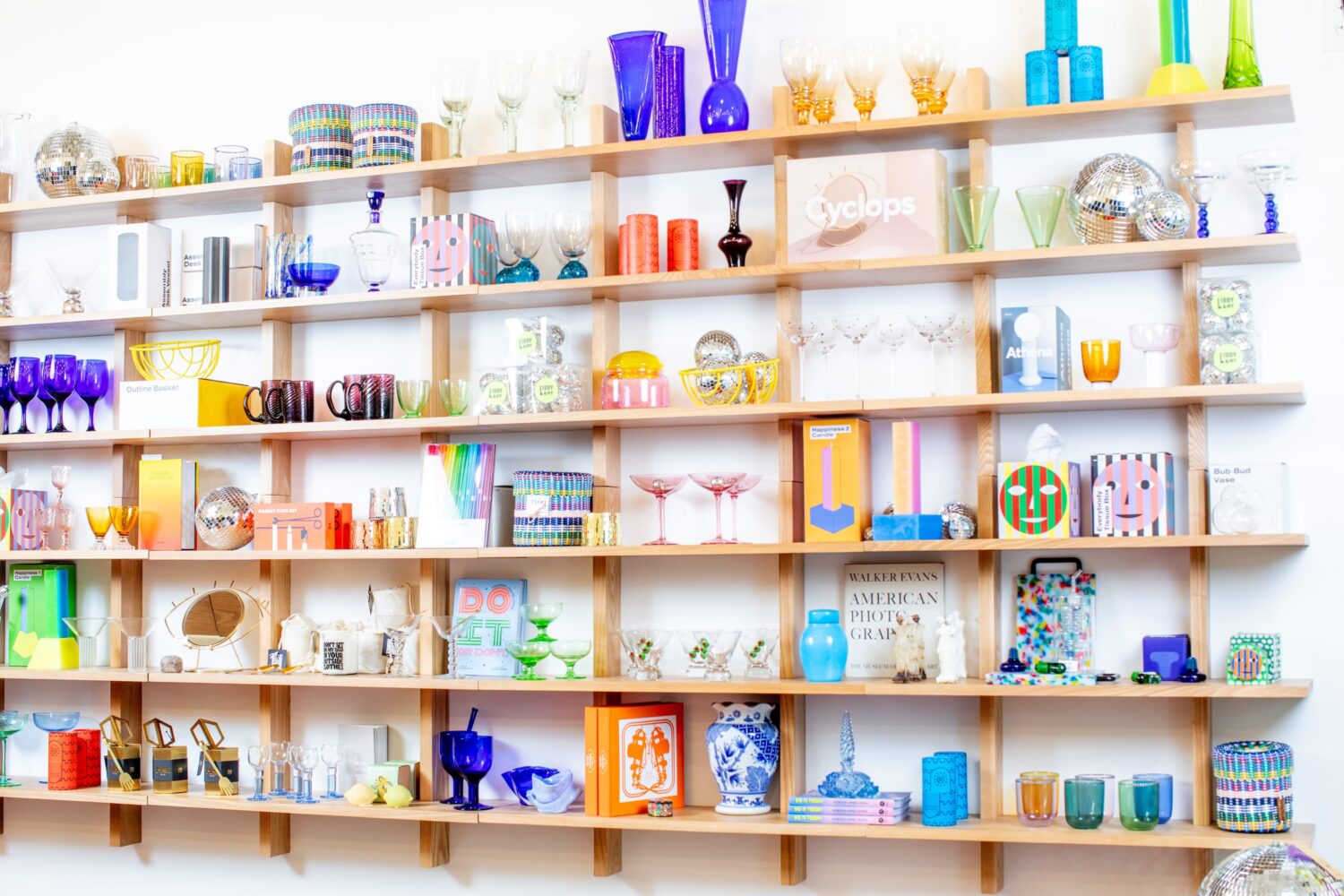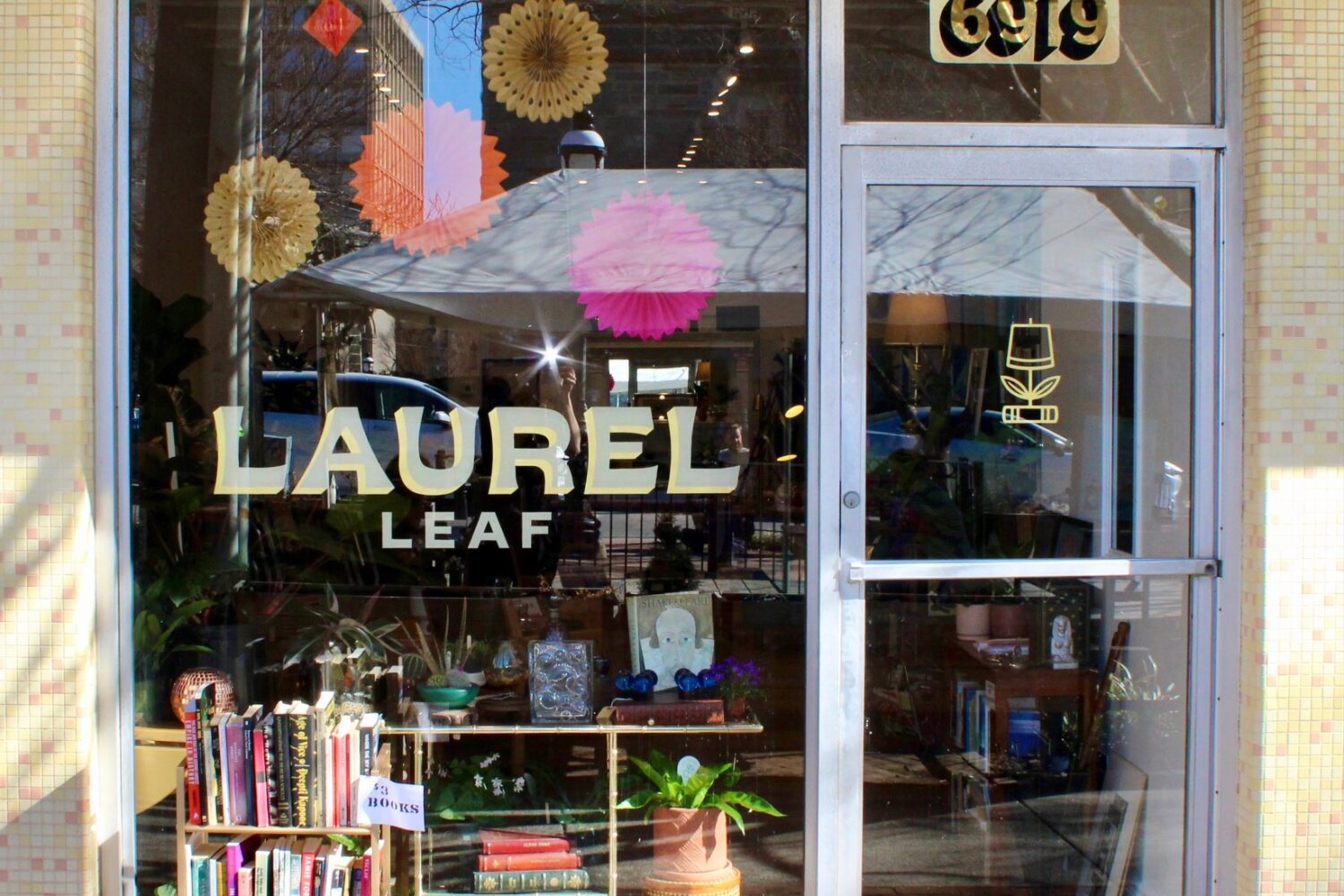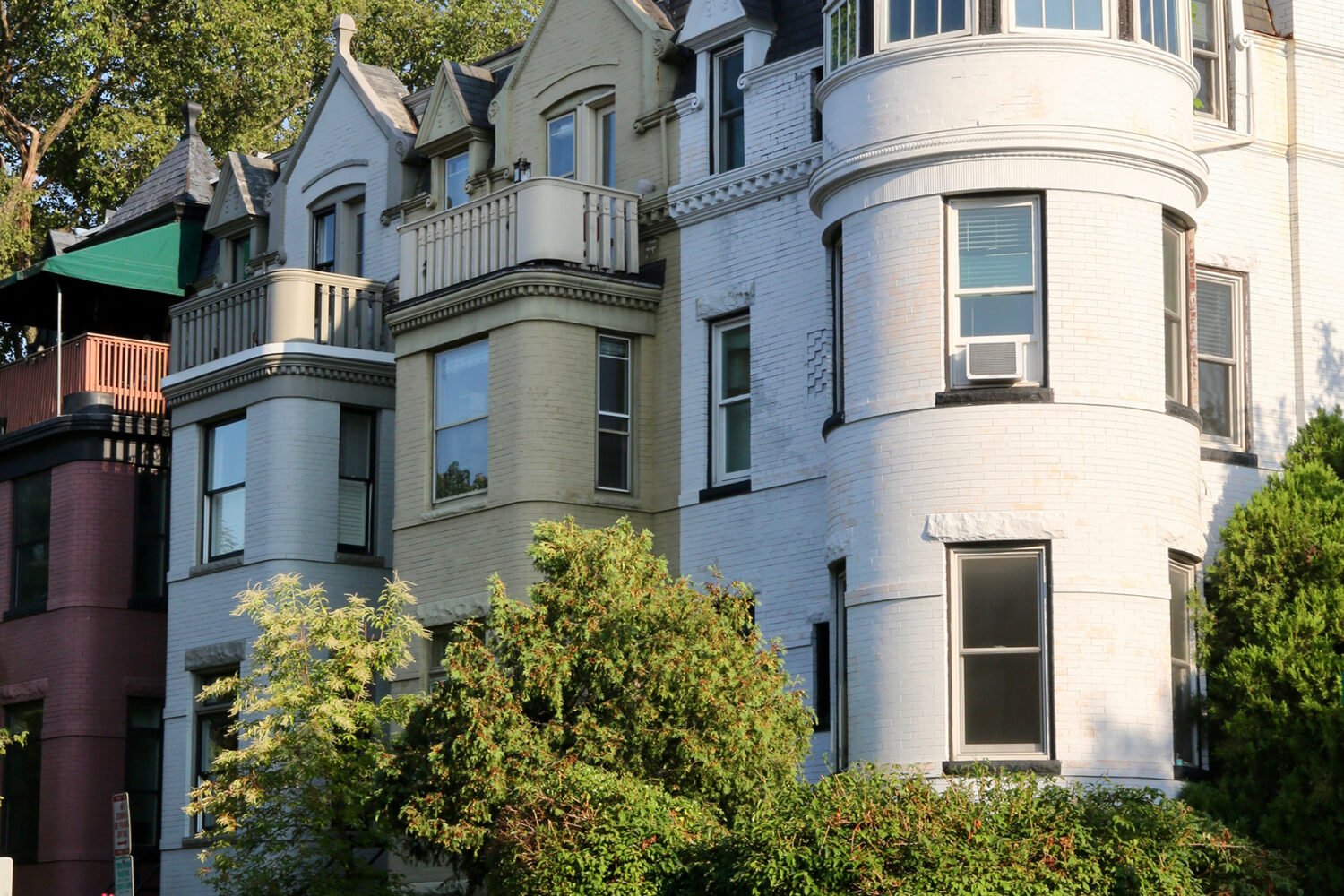Like most women of a certain age, I faced my 40th birthday this year with composure, a sense of accomplishment, and a fair amount of Pinot Noir.
Not that I felt bad. I think I look pretty decent, considering the wear and tear I’ve put myself through—including years of sun exposure (before I knew it was not a good thing), smoking (when I knew it was not a good thing), late nights, and motherhood. Still, as my friends and I entered middle age, I wondered what I could do cosmetically to thwart the onslaught of wrinkles and sagging. In other words: How bad off was I?
As someone who, due to my line of work, is perhaps more familiar than most with the beauty products and procedures out there to fight aging (practically every jar of cream or serum on my nightstand includes the word “tightening,” “firming,” or “lifting”), I decided to consult a doctor to see what I was in for. What combination of needles and intense pulsing light might I require to slow the hands of time? What if money were no object, and if pain weren’t a factor in gain?
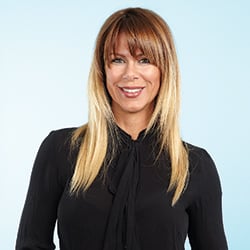
What Dr. Tanzi Suggested For My Face:
Botox injections between my eyebrows, in my forehead, and in the outer-eye area, approximately every four months. Cost: $350 to $600 per area.
Restylane injections in my cheeks to fill in where aging has caused a lack of fullness, approximately every six months. Cost: $800 for one syringe.
Clear & Brilliant Laser on my entire face. While not as intense as other lasers and treatments such as Fraxel or Thermage, Clear & Brilliant aims to renew radiance by increasing collagen production and evening out skin tone. She recommended getting the treatment once a month for the first four and then annually after that. Cost: $1,750 for a series of four treatments.
As for regular skin care—I already cleanse and moisturize with a variety of products made to combat the signs of aging, from La Mer to Olay—Tanzi suggested I add pretreated KojiLac Pads, to be used two to three times a week to help with hyperpigmentation, or discoloration often caused by sun damage. Cost: $80 for a box of 60 pads.
Armed with determination and no fear of judgment, off I went to Elizabeth Tanzi, codirector of the Washington Institute of Dermatologic Laser Surgery in downtown DC. In their posh K Street offices, Dr. Tanzi and her fellow board-certified cosmetic dermatologists practice cutting-edge procedures, including lasers, fillers, and peels. (Full disclosure: I wasn’t a newbie to some of this stuff, having had Botox injections before on my forehead and between my eyebrows.)
Tanzi offers new patients a free skin check at the start of the consultation—after all, skin cancer is a far greater concern than any cosmetic issues. After that, we talked about what I did and didn’t like to see in the mirror each morning. My biggest concerns were the usual suspects: deepening creases in my forehead, laugh lines around my eyes that aren’t so funny anymore, and a slight sagging of the area beneath my cheekbones.
She gave me a thorough exam, focusing on my face and neck, and asked me to frown and smile, furrow and unfurrow. Then she wrote out a list of treatments she felt I might need, whether this year or next, at the same time or separately, which was entirely up to me.
While the list wasn’t long, it was a lot to take in. The conversations we have with ourselves in the bathroom mirror on rough mornings, noting creases that weren’t there just weeks ago, are personal—we can be the worst at pointing out our own faults. To hear someone else concur, even in the friendliest and most helpful way, as Tanzi did, is still jarring. It was like hearing her say, “Yes, Kate, you are correct—your face is losing elasticity! Your frown lines are noticeable!”
Yet her medically informative suggestions and advice made the consultation feel as important as any other wellness checkup with a specialist. While many consider cosmetic dermatology a “vanity” concept, there’s something to be said for at least knowing how to fight the signs of aging that bother you. And, Tanzi assured me, 40 is the right age to start paying attention.
This article appears in our December 2014 issue of Washingtonian.



